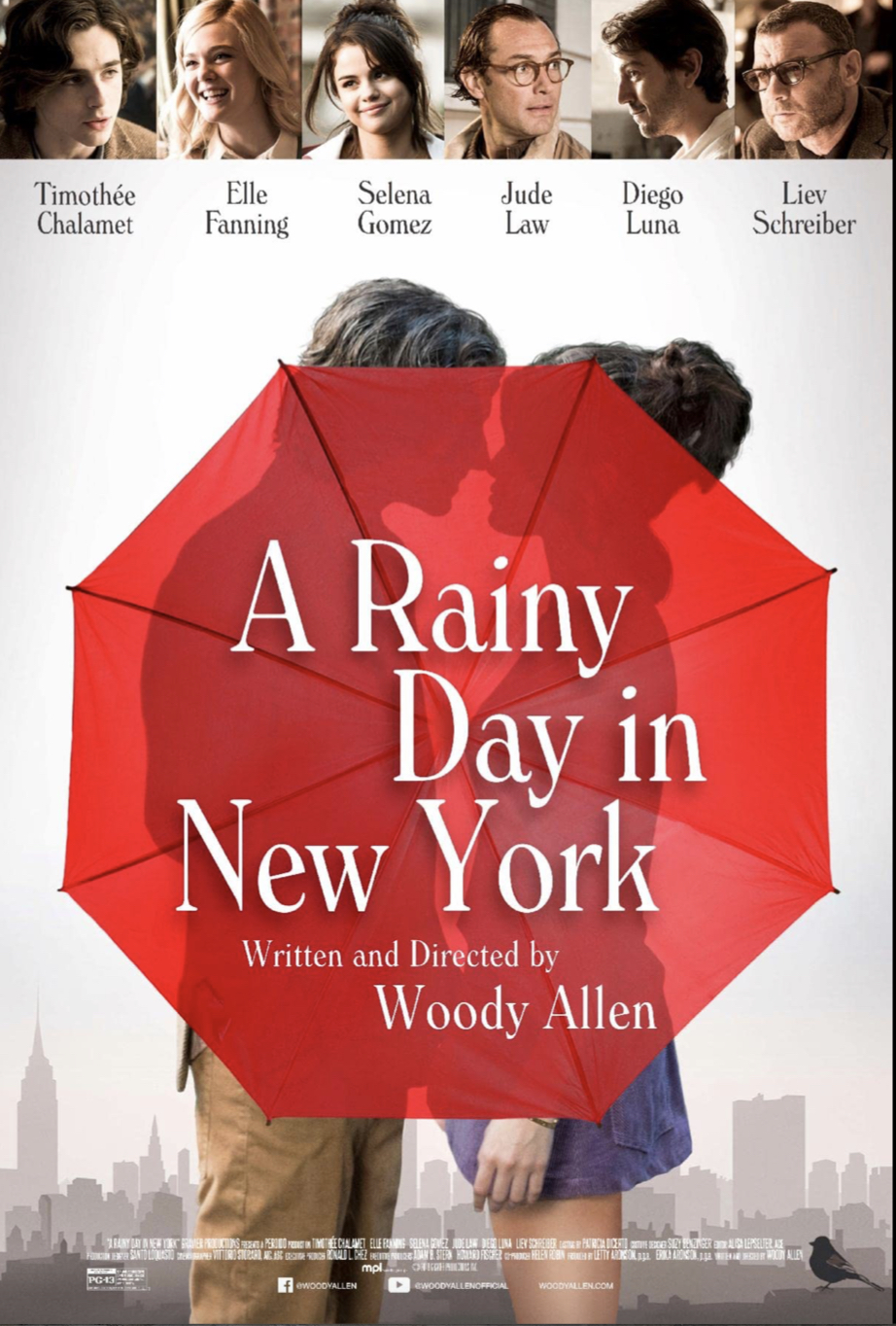 The second phase of human courtship is governed by the functions of the Mammalian Brain - the software of the mind that rules the operations of the emotions, friendship and love, itself. This is a different state of being than that of only lust or desire, which is fleeting and fickle, and not particular to the nuances of a specific person. Not merely dependent on the polarity between masculine and feminine gender instincts seen in Sexual Attraction.
The second phase of human courtship is governed by the functions of the Mammalian Brain - the software of the mind that rules the operations of the emotions, friendship and love, itself. This is a different state of being than that of only lust or desire, which is fleeting and fickle, and not particular to the nuances of a specific person. Not merely dependent on the polarity between masculine and feminine gender instincts seen in Sexual Attraction.
Emotional Attraction is also separate and distinct from the operations of Intellectual Attraction and partnership, which are geared only toward a commitment to achieving mutual goals as a team. According to Romantic Dynamics, Emotional Attraction may be returned to again and again to reinvigorate it, even if one is in the first or third phase of courtship, currently.
Its principles operate in the domain of romance, but simultaneously have effect on one's sense of happiness, free of anger and sadness, and also free of worry, fear and anxiety. Emotional attraction is only about friendship and self-esteem, which is akin to happiness. As such, emotional attraction is defined as the ability and actions of the mutual raising of self-esteem between two individuals, without the expectation of being obligated to each other in an ongoing way.
As such, one of the wonderful things about friendship is its voluntary nature, freely given, and the mutual happiness it encourages is a buffer against stress and unhappiness, the opposite state of friendship. A major detractor and obstacle to friendship, love, happiness and self esteem (which are synonyms), is the principle of narcissism in one or the other person, or both. (Narcissism is a general killer of romance, as well as each phase of courtship - desire, love, and partnership.)
The Three Steps of Emotional Attraction (Friendship, or Love)
Step 4: Finding Value in Each Other ➳
For emotional attraction to exist and grow between two people, there must be a polarity between them in what the Self Psychologists called, "self-esteem," of which there are only two types in the Romantic Dynamics model: Well-being or Confidence. The two people must have access to growing as sustaining both types of self-esteem, or the friendship will eventually fail.
In other words, both people must be able to retain the ability to remain happy people, minimizing stress. This is how they come to value each other, and the amount that one is valued is directly proportional to the amount of happiness that they cause another person.
Step 5: Finding Stress in Each Other ➳
They need to grow the capacity to dispel anger and sadness and to turn them into assertiveness, and secondly, to turn anxiety, fear and uncertainty into courage to face challenges and threats, at first as individuals, and then as a couple.
The amount of emotional attraction between two individuals is entirely dependent on the quantifiable amount of well-being and confidence that two individuals can mutually generate for and with each other, which is the same as happiness. Complementary intellectual styles also facilitate this, and give us the beginnings of partnership. In the case of best friends, this state tends to happen naturally and automatically just by having chosen the right potential partner in the first place, something that cannot be forced or created with any special skills. As a result, potential partners are advised to try to choose each other in the first place, based on the Social Personality System.
This is because freely given expression of well-being (nurturing, maternal care) in one partner, directed at the other, raises that partner's happiness and self-esteem, while the amount of freely given confidence in one partner toward the other, raises the other's level of happiness, self-esteem, and love in return. As such, it is potentially, an ever-growing feedback loop of love, friendship and happiness.
Step 6: Finding Completion in Each Other ➳
Regardless of one's personality style or dominant type of self-esteem, there is a way to assure the capacity to remain friends and more - best friendship. This comes through joining intellectual styles that have polarity alongside emotional styles that have polarity, and where those with opposite personal temperaments that grow personality around it, come together to form "best friendship."
This is depicted in the diagrams of the Social Personality System, where people with an emotional style dominant in the self-esteem called, "Well-being," are the best match for those whose emotional style is dominant in the self-esteem called, "Confidence," and those with the dominant intellectual style called, "Left-brained," are best matched to those with the dominant intellectual style, called, "Right-brained." When both the emotional style and intellectual style are opposite, this is the ideal, best-friendship match. In this system, Kings and Queens are opposite the Magicians to make a best-friendship match and Lovers are opposite Warriors to make a best-friendship match.
Two things can get in the way of this: pathological narcissism in one or the other (selfish, survivalist tendencies to use or abuse the other for a gain in one's own, solitary level of happiness or self-esteem), or the outside forces of stress on the joint couple.
It then falls on both partners to understand the personality style of the other, and the features of pathological narcissism which can cause their friendship and love to fail. This is safeguarded by choosing one's most complementary opposite personality style in the first place, and in a person with the most virtues and maturity which are the opposite of pathological narcissism.
< GO BACK TO SEXUAL ATTRACTION GO TO INTELLECTUAL ATTRACTION >

War of the Roses (1989)
War of the Roses is a Kathleen Turner and Michael Douglas film about the role of Justice in partnership and committed relationships, as well as its vices of Meddling or "getting overly micromanaging" and Mercenary behavior, or "using each other." You can see ample information about it below. It is available for a small fee on the web.
In the film, War of the Roses (1989), we see the Mercenary behavior of both a husband (Michael Douglas) and wife (Kathleen Turner) as their marriage unravels. Like all couples tolerating each other in marriage, they meet by bidding on the same antique, and the Meddling in each other's property and personhood commences. In divorce, they obliterate each other, tragically. It is an example of how partners desire Justice, the center point between Meddling and being Mercenary, and how fragile that balance is to find.
 6.8
6.8

Photos
See all photos >>















